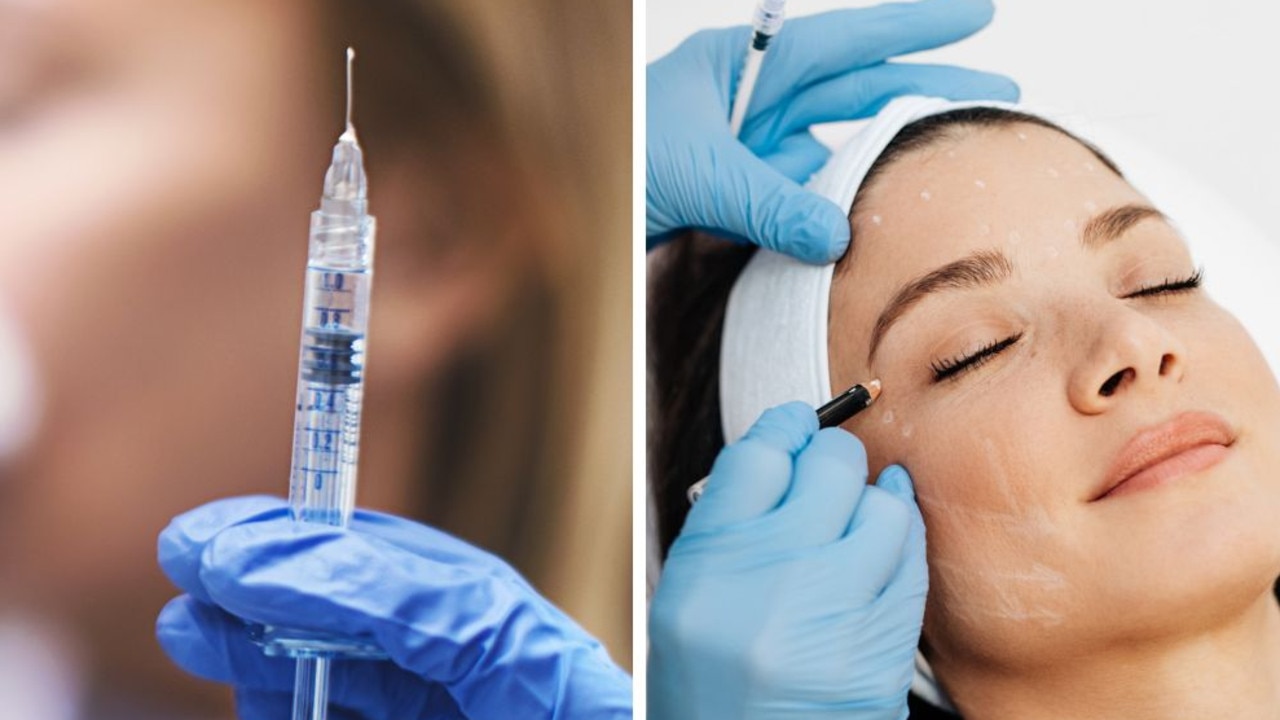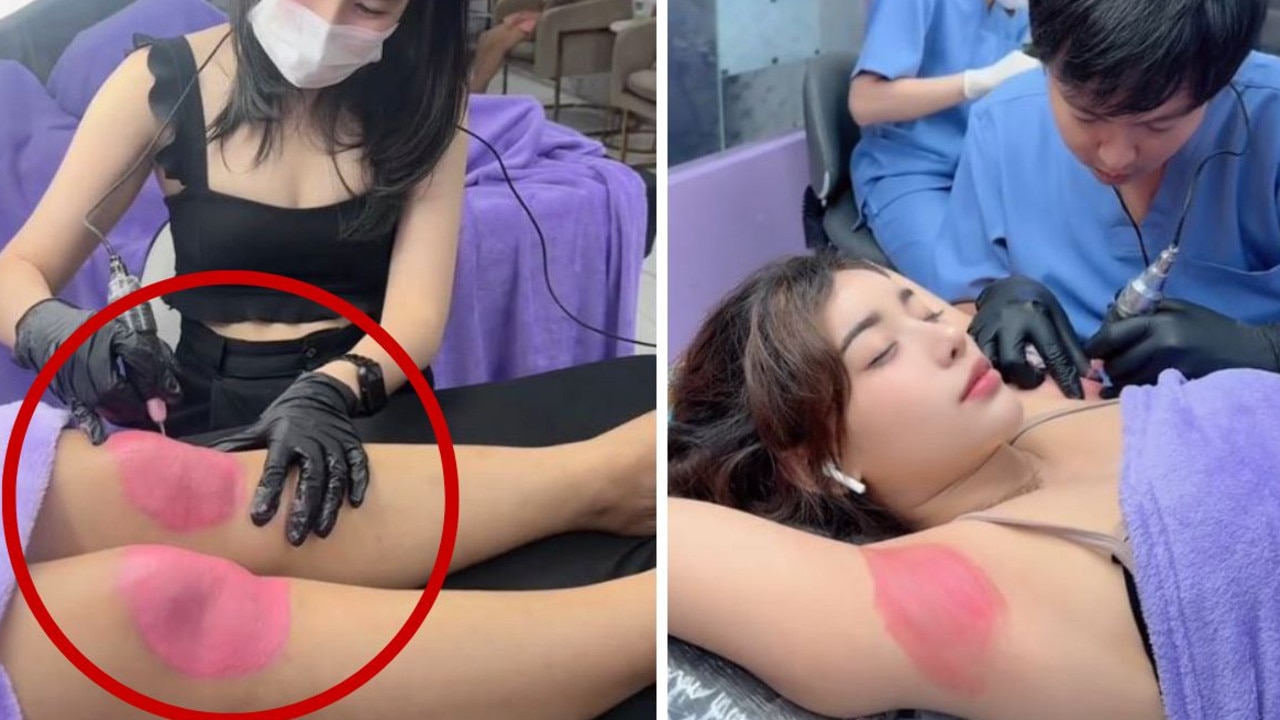Cosmetic physician reveals the age to start Botox to prevent lines at rest from setting in
A cosmetic physician has settled the debate by revealing the age to start the “youthful” journey, admitting some are starting too young.
Anti-wrinkle injections are wildly popular in Australia — not just among women, but men too with both genders turning to injectables to begin their youthful journey.
Aussies forked out roughly $350 million for Botox procedures in 2017 alone, according to the Australasian College of Cosmetic Surgery (ACCS), and this year up to 100,000 are expected to undergo cosmetic procedures to look their best for the “party season” in the coming weeks.
But some people are taking to injections too young, according to Dr Phoebe Jones, who treats up to 3000 patients a year.
The Sydney-based cosmetic physician revealed that 27 is the age to start but many are undergoing the procedure in their early 20s.
“Some are too flippant and don’t think things or do their research before getting it done,” Dr Jones said. “A lot of generation-Y patients don’t always have the money for it and often chase deals that result in unsafe and bad procedures.”
She said while it is harmless to start early (if injected by a licenced physician), it is unnecessary and a waste of money as skin volume and thickness is already good.
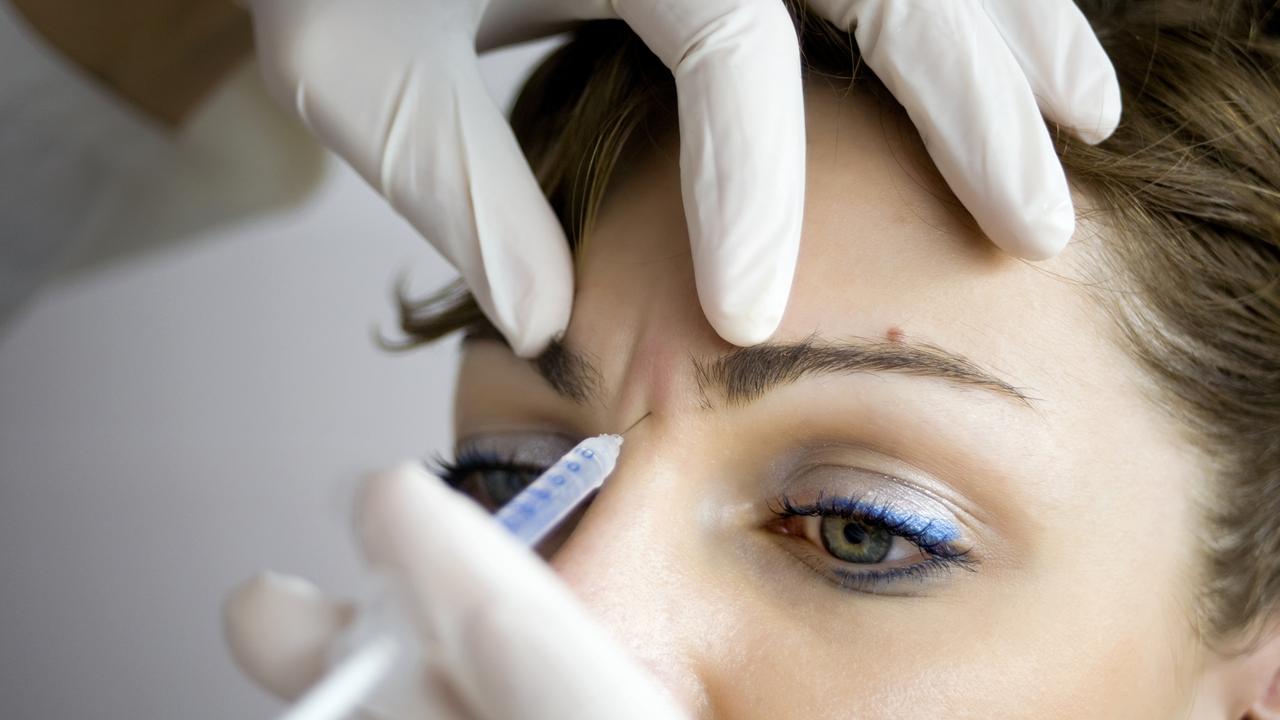
“The dermis (thick layer of skin where collegian sits) for caucasian women doesn’t start loosening usually between the ages of 27 and 30. That’s when they should start if they really want to get in early to prevent lines at rest from setting in and becoming permanent,” Dr Jones said. “For Asian women it is a bit later because compared to caucasian women their dermis is much thicker.”
The majority of Dr Jones’ patients are women (90 per cent) however men wanting the treatment was also increasing.
She said the age scenario is similar for men but the men she treats are usually between the ages of 35 to 65.
“Most are actually dragged in by their girlfriends or wives but gay men tend to be a bit more motivated than heterosexual men,” she said.
Dr Jones together with ACCS president Dr Irene Kushelew warns patients of the consequences of going to an untrained physician.
“There is a major misconception in Australia and around the world that Botox and dermal fillers are beauty treatments, in the same category as facials,” Dr Kushelew said.
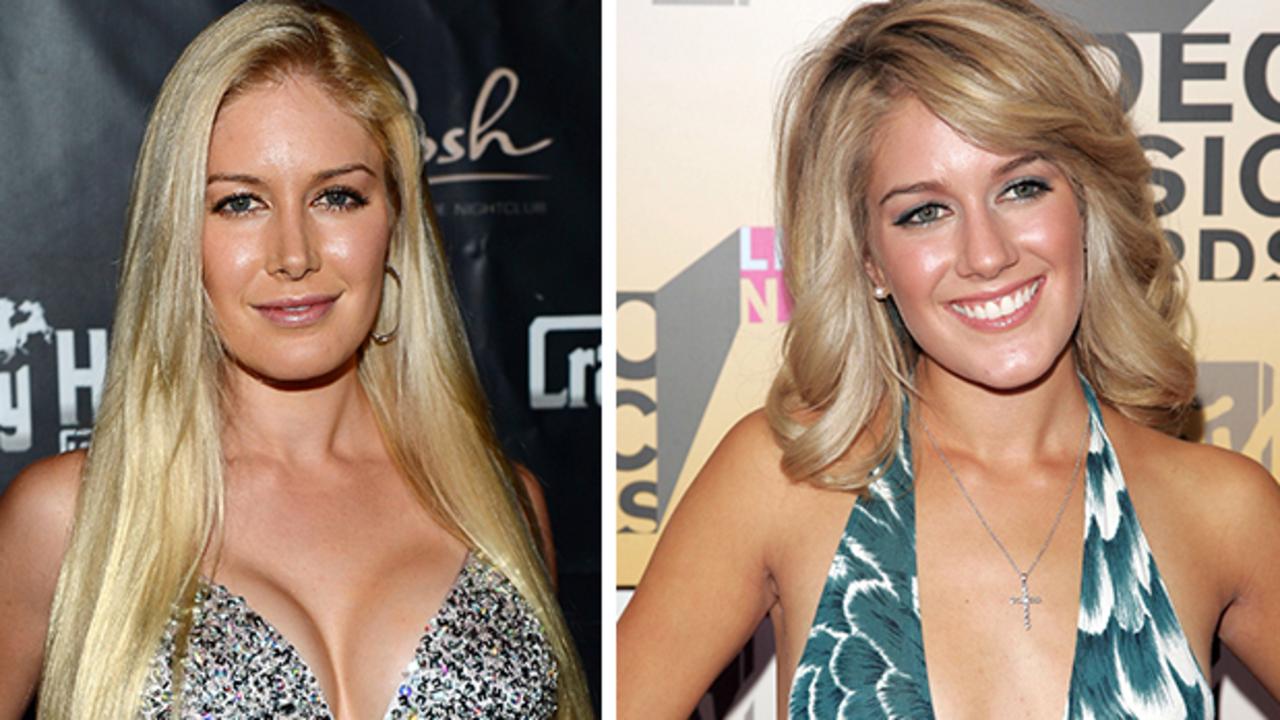
“This has been heightened by the number of practitioners offering these services in casual settings like shopping malls, at the hairdressers, and even at informal ‘Botox parties’.
“Before receiving any type of cosmetic injectable, you must have a medical consultation with a doctor so they can consider your medical history.”
Dr Jones said many people don’t think about the safety aspect of things or whether they need to do it or not.
“I had one patient who was bored and got her lips done (which was a bad job) at another clinic and I had to dissolve them,” she said.
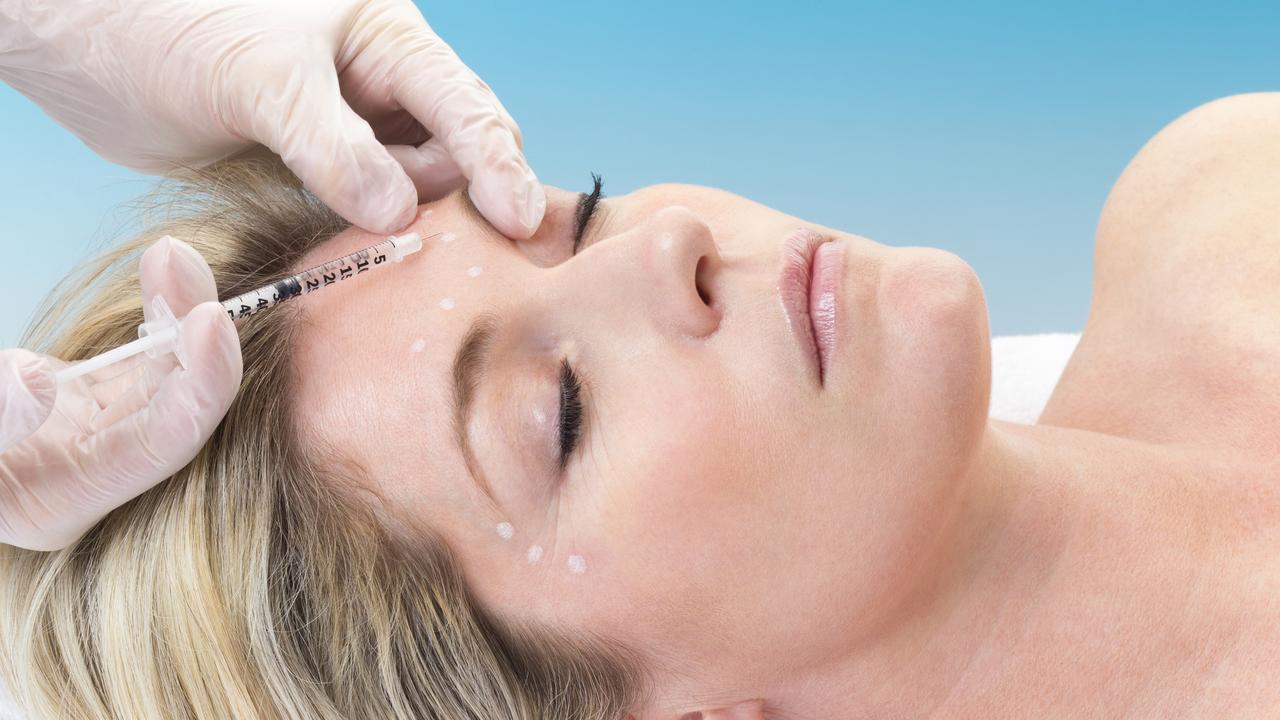
Dr Kushelew said practitioners’ skills and their training varies significantly.
“The public needs protection from untrained, inexperienced, ‘occasional’ practitioners offering cosmetic procedures who do not understand the high-risk areas of the face. Many practitioners undergo a one or two day training course only for cosmetic injectables — this is simply not adequate,” she said.
“Blindness can occur when an artery is blocked by the dermal filler when injected in the wrong place and in the wrong way.”
Dr Jones, a cosmetic practitioner of five years said Instagram was playing a big role in its soaring popularity, while explaining there are pros and cons to Botox.

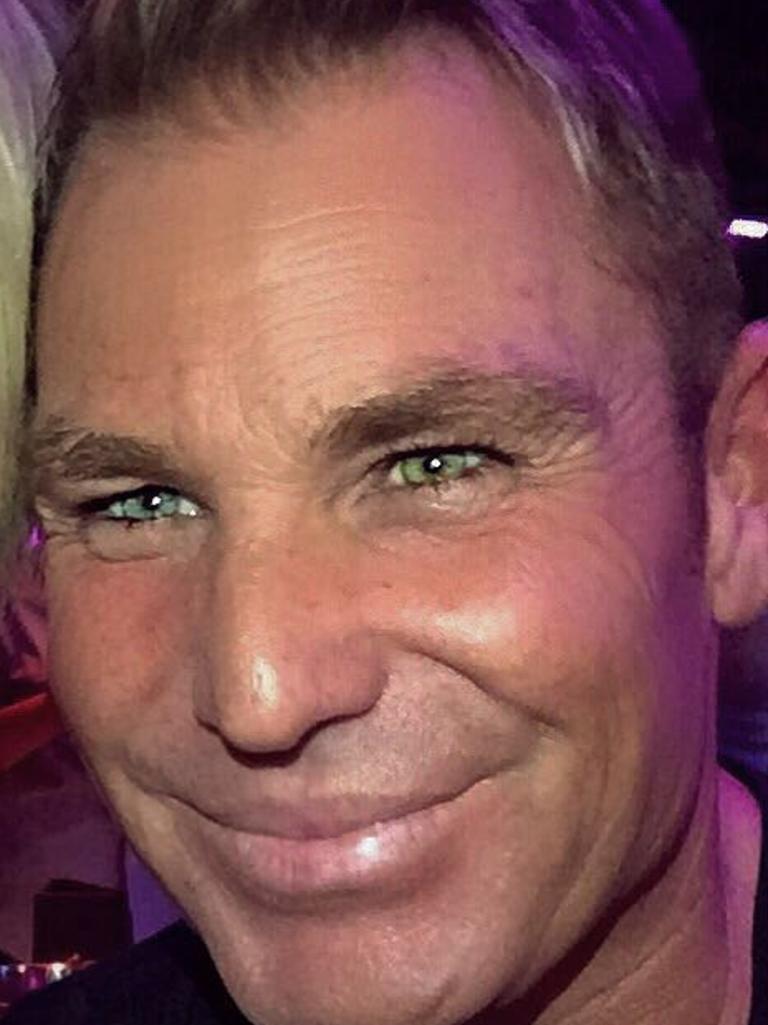
“The positive is that people feel more empowered to better themselves but there are also those who can be careless, chasing those cheap deals and going to untrained physician which is a worry.”
She said a lot of first-timers didn’t get it until their friend had taken the leap.
“It is becoming more normalised and destigmatised than ever before. When people see what their friends look like, ie: fresh and not frozen, they are more likely to do it.”
“If it’s done well you shouldn’t be able to tell. They should look fresh and revitalised and still have movement and expression.”
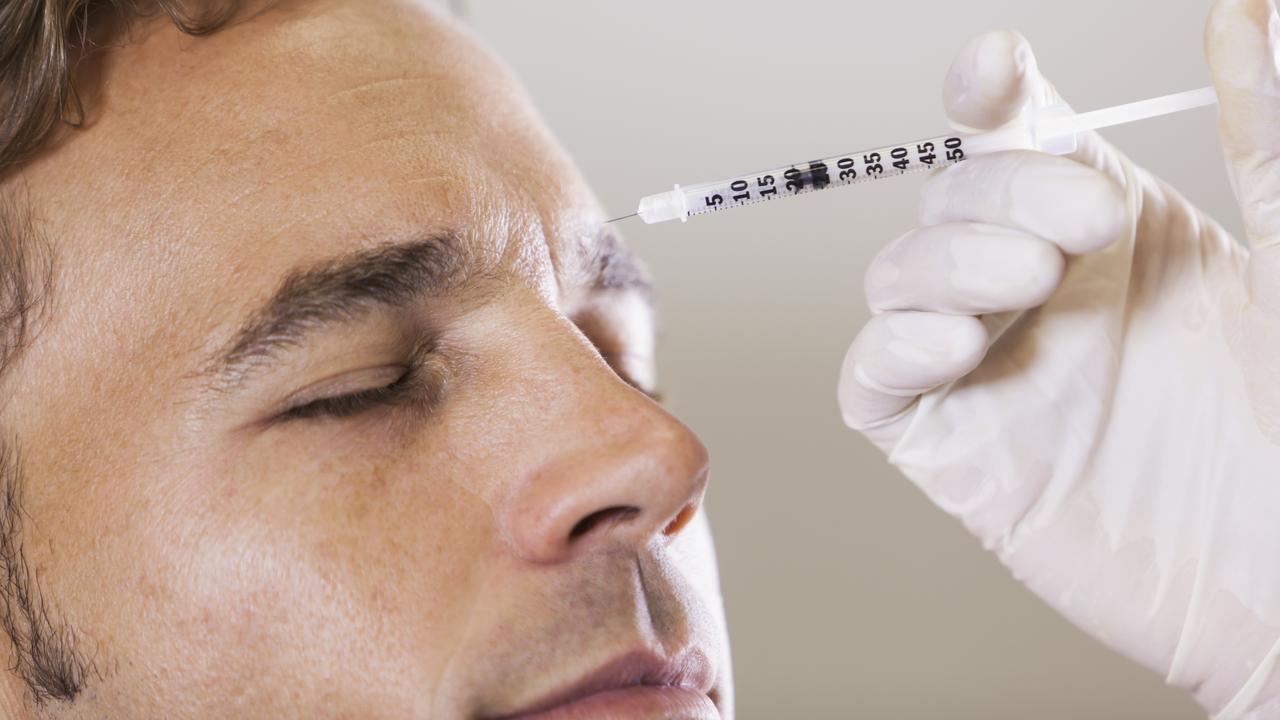
WHERE BOTOX WORKS BEST
Dr Jones said the most effective and bank for buck is on the upper face including frown lines, crows feet and bunny lines around the nose.
“You can use Botox in the lower face but results are more subtle and for a lot of people it may not be a good investment,” Dr Jones said, saying it also works great for people who grind their teeth a lot.
“Arm pits is another good one for people who sweat a lot.”
WHEN SHOULD YOU STOP BOTOX
“It is not a jail sentence, you can stop when ever you like and start later in life if you want,” Dr Jones said. “But people tend to keep going because they see results and feel more confident, awake and less fatigued.”
WHAT HAPPENS WHEN YOU STOP BOTOX
“It depends how long you have been doing it. After one treatment it, it will be like you have never done it, but in longer periods, such as more than 10 years you will begin to get full movement back gradually and eventually it will look like you have no Botox.”
“It can also have a behavioural affect such as forgetting how to frown. Some people who stop after years of doing it may never be able to get that back because behaviours change.”
HOW LONG DOES IT LAST
”The more you put in the longer it lasts,” Dr Jones said, however warned you can’t always put in large doses without it looking too much.
“Generally, it lasts three months.” The same time frame applies for top-ups. Dr Jones’ patients see her three to eight times a year.
HOW MUCH DOES IT COST
“Females need lees units than males — and it also depends on the number of areas you want treated. Just for frown lines it can be between $200 and $300 for a woman for the first time (for 20 to 25 units).”


